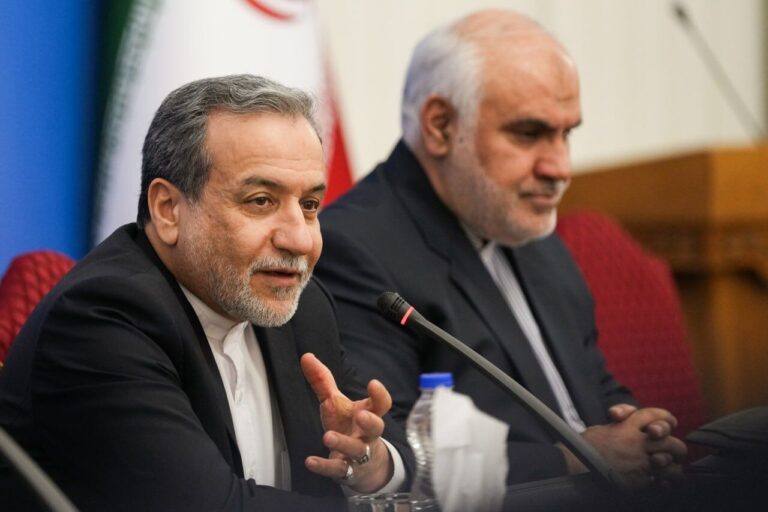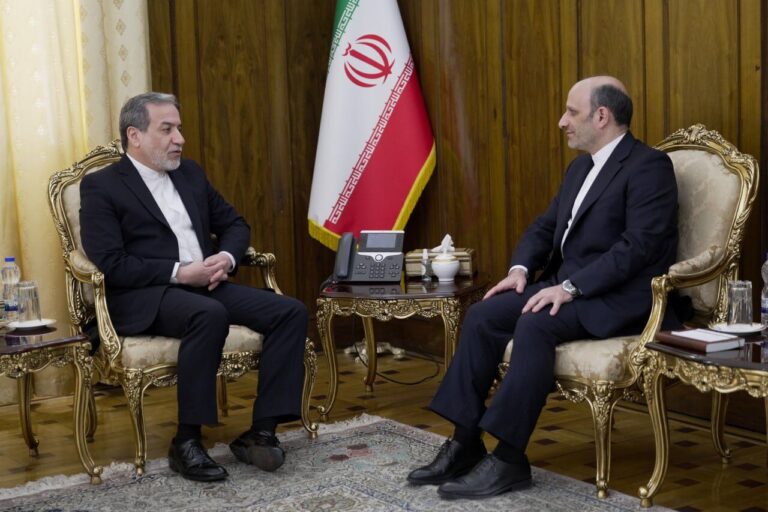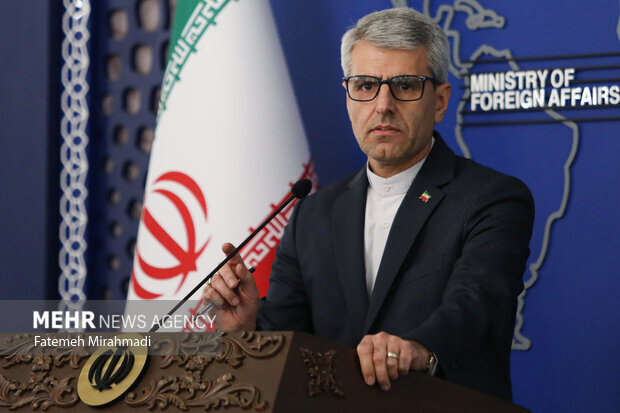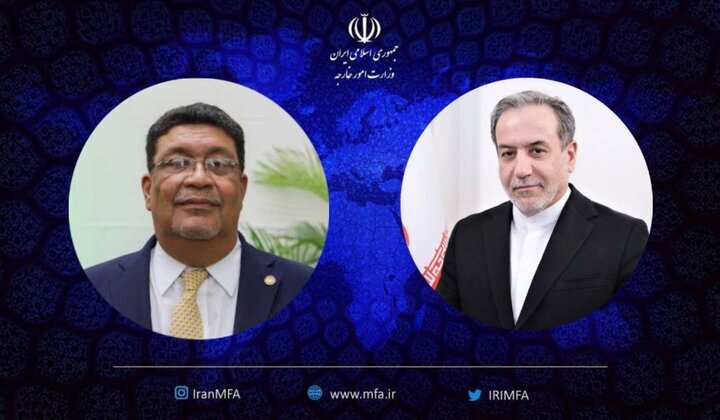Iran’s Ambitious ‘Marshall Plan’ for Syria Falls Apart Following Assad’s Downfall – Reuters Report
Iran’s ambitious multi-billion-dollar initiative to rebuild postwar Syria and establish a lasting influence has come to a sudden halt following the removal of President Bashar al-Assad. Recent documents obtained by Reuters from Tehran’s ravaged embassy in Damascus reveal the extent of this collapse and its implications for Iran’s strategic interests in the region.
The Iranian strategy was modeled after the U.S. Marshall Plan, which successfully aided European reconstruction after World War II. Tehran aimed to forge a political and economic dependency in Syria through various reconstruction projects, religious diplomacy, and trade agreements. A 33-page Iranian policy study located in the looted embassy explicitly cited America’s postwar blueprint, labeling Syria as a “$400 billion opportunity” for Iran.
However, with Assad ousted by rebel forces in December and subsequently exiled to Russia, Iran’s initial investments in Syria swiftly unraveled. Key developments include:
- Embassies were looted,
- Paramilitary forces withdrew,
- Numerous projects—including power plants, religious sites, and railways—were abandoned.
Scenes of destruction and disarray are evident, with pieces of shredded documents scattered across the floor of the Iranian embassy in Damascus as of December 16, 2024. Reports from Reuters reveal contracts, correspondence, and financial records that illustrate Iran’s significant economic footprint, which has now crumbled amid Western airstrikes, rampant corruption, and internal mismanagement. The news agency employed advanced artificial intelligence tools to scrutinize nearly 2,000 documents detailing this downfall.
One pivotal project, the €411 million Latakia power plant constructed by Iran’s Mapna Group, remains incomplete. Additionally, other initiatives, such as an oil venture in eastern Syria and a $26 million Euphrates rail bridge, were either destroyed or halted abruptly. Notably, there are at least $178 million in unpaid debts owed to Iranian firms, with overall estimated losses exceeding $30 billion.
This collapse of Iranian ambitions occurs amid a backdrop of regional setbacks for Iran, which include severe losses among its allies, Hezbollah and Hamas, coupled with increasing diplomatic pressure from the United States.
Reflecting on the situation, new Syrian President Ahmed al-Sharaa, a former rebel leader, stated, “The Syrian people have a wound caused by Iran, and we need a lot of time to heal.” Iran’s foreign ministry has refrained from offering any comments on the matter. Furthermore, several Iranian officials implicated, including Revolutionary Guard commander Abbas Akbari, did not respond to inquiries from Reuters.
For many Syrians who were involved in Iran-backed projects, the unraveling of these initiatives brings a sense of bittersweet closure. A Syrian engineer who contributed to the stalled Latakia project expressed, “Iran was here, that was just the reality, and I made a living from it for a while.” This sentiment echoes the complex feelings of those who witnessed the rise and fall of Iran’s aspirations in Syria.
As the situation continues to evolve, the implications of Iran’s failed reconstruction efforts in Syria will likely resonate throughout the region. The loss of financial investment and influence is a significant setback for Iran, reshaping the geopolitical landscape in the Middle East.
In summary, Iran’s ambitious plans for Syria, modeled on historical precedents, have disintegrated dramatically following political upheaval. The once-promising $400 billion opportunity has transformed into a stark reminder of the volatile nature of regional politics and the challenges of foreign intervention.
As the aftermath unfolds, the focus will shift to how both Iran and Syria will navigate this new reality and what the future holds for their relationship in the wake of these significant developments.






